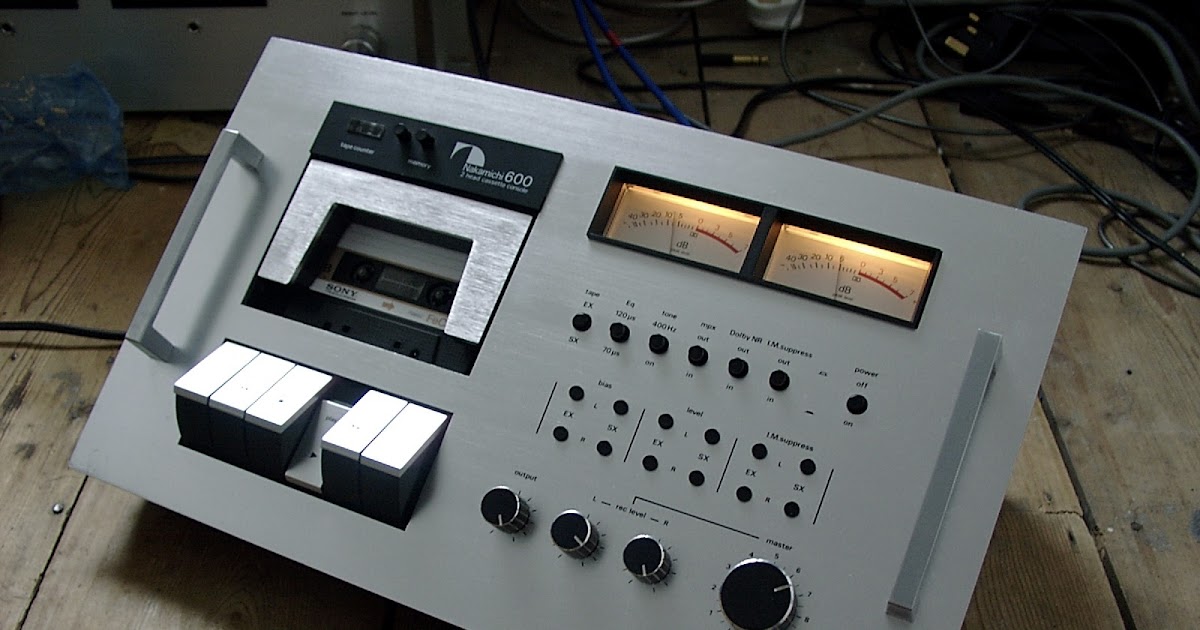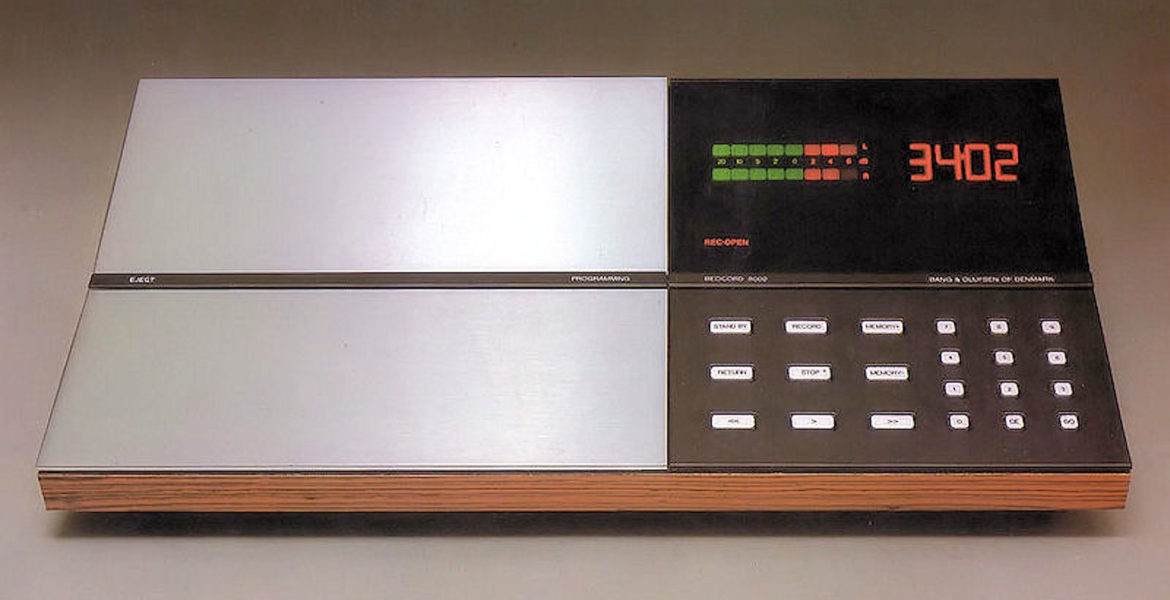Compact Cassette was still considered a novelty media in 1973, having been invented by Philips a decade before for dictation purposes alone. It was absurd to think it could deliver true hi-fi performance. Serious tape users possessed Revoxes, particularly the A77, or one of a growing number of high-end Japanese decks from Sony, Akai, or Technics. But then Nakamichi released the 1000 Tri Tracer, and the world changed forever…
The importance of this company to audio’s great pantheon cannot be overstated — the 1000 went in and ‘scorched the earth,’ transforming everything. Cassette became a credible, high-fidelity music carrier, capable of mixing with the best reel-to-reel decks of the time. It was mind-boggling how Nakamichi managed to squeeze a quart out of a pint pot using small tape running at a meagre one and seven eighth inch per second. The conventional knowledge in audio couldn’t have predicted it…
The 1000 was a three-head, dual-capstan, two-motor unit with Dolby B and DNL noise reduction (Dynamic Noise Limiting). This was impressive, but it didn’t explain why the sound was so incredible. The machine’s incredible engineering depth was the answer — everything had been designed up to a performance level, not down to a price point. The motors, transmissions, and heads were all one-of-a-kind products that couldn’t be found anywhere else – not even in an Aiwa OEM parts catalogue. This magnificent piece of gear was paired with the 700 Tri-Tracer, a smaller but acoustically superior machine that brought Nakamichi sound to a wider audience.
Two new machines entered the fray in 1974. The first was the 500 Dual Tracer, which introduced a two-head transport system for the first time, as well as the 550 ‘Versatile Cassette System,’ which was essentially a portable version and, according to some, the first true ‘Walkman.’ The 500 was only around for a brief time, since it was quickly superseded by the 600 you see in front of you, which brought near-1000 levels of build and performance from a modified two-head vehicle. The picture was completed with a sophisticated new ‘ski-slope’ fascia, which was undoubtedly influenced by Mario Bellini’s beautiful Yamaha TC-800GL from 1974. It came with a perspex dust cover and was available in silver or black brushed aluminium finishes.
The 600 cost £350, which is a significant sum for any hi-fi system, let alone a cassette deck. A Linn LP12 would have cost roughly £294 at the time, so this wasn’t a cheap instrument. However, you got a superb performance for such a princely money. In the 1970s, the ordinary cassette deck struggled to stretch Ferric tape up to 11kHz, and wow and flutter rates of 0.5 percent were not uncommon – but the 600 offered 20Hz-20kHz and 0.09 percent (peak DIN weighted)! All of this is made possible by a brilliantly designed and manufactured record/replay head, as well as carefully aligned – albeit simple – transport. The exceptional audio electronics, which were as sharp and clean as any tape recorder of the time, were the final link in the chain.
The 600 may be set up to use either Ferric (EX) or Chrome (SX) tape. Metal cassette tape had not yet been produced, and Nakamichi was not a fan of Sony’s new FerriChrome formulation. A built-in 400Hz test tone, combined with independent left and right knobs for recording volume, bias, and IM suppression (Nakamichi’s proprietary intermodulation distortion suppression mechanism) for both EX and SX tape, allows you to precisely adjust the machine to the tape. No other competitor’s design allowed for such flexibility, and the result was a sound that was very convincing, even by today’s standards.
When you set up the 600 for TDK SA, you get a sound that is shockingly bright, robust, and alive, not only in terms of hi-fi, but also in terms of musicality. There’s so much vitality in this song that you’ll wonder how it ever sounded so horrible on other machines. The bass is taut and strong, with plenty of slam and drive. The mid-band is wide open, with a lot of detail and a clear image. Treble is sharp, atmospheric, and wonderfully crunchy. It sounds wonderful even now, but it must have blown people’s minds in 1975.
You’ll have to keep your eyes peeled for a 600, or its 600 II successor, these days (from 1978-79, which adds a headphone socket to the formula). Even still, you might be shocked by how cheap they are, as they aren’t the most prestigious of Naks (i.e. ZX-9, Dragon, CR-7E). If you look hard enough, you can get them for under £200, but make sure you get a good one because Nakamichi no longer supports them with spares. You won’t hear anything like it again, with its heady blend of superb sound and modernist seventies flair.






